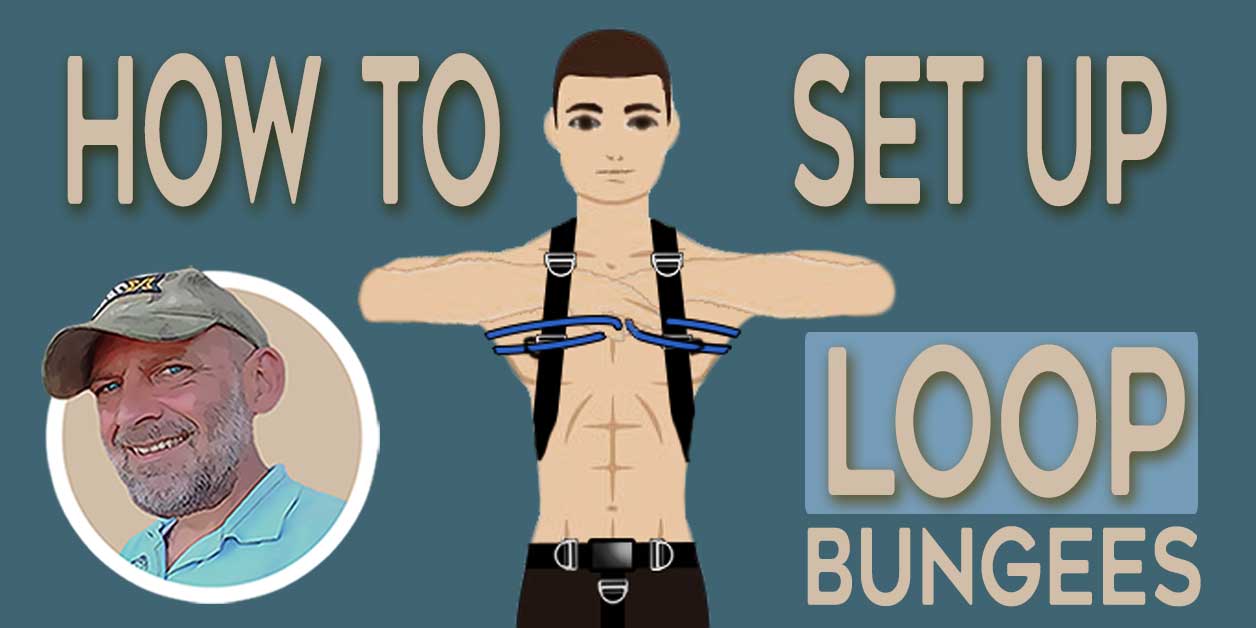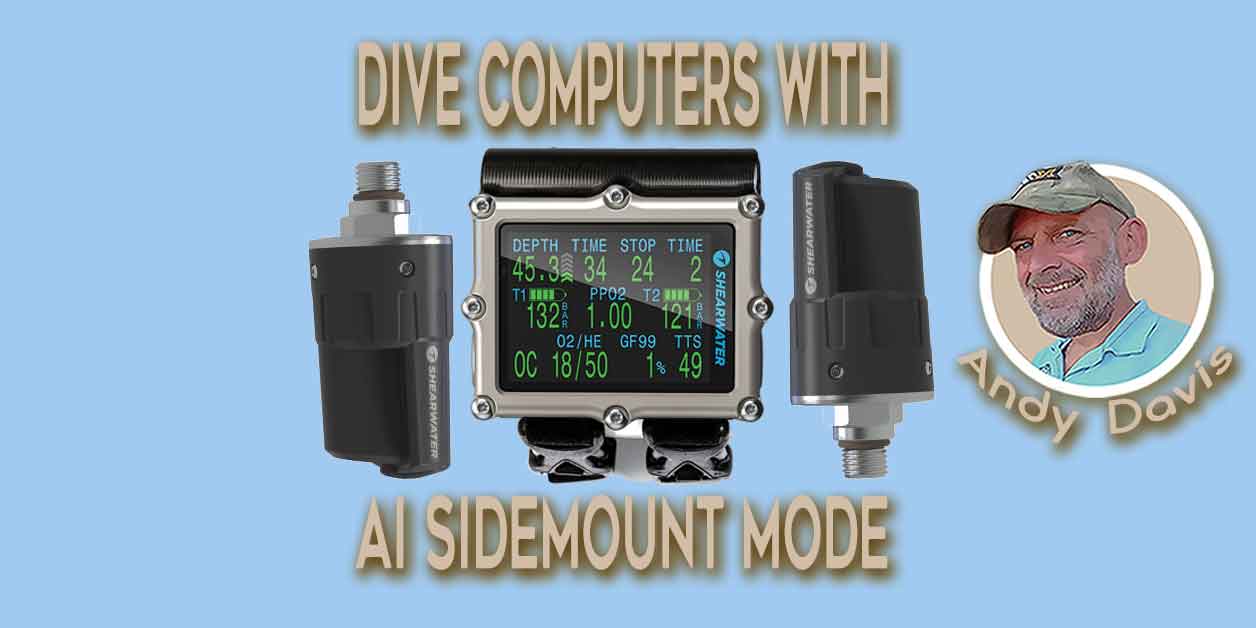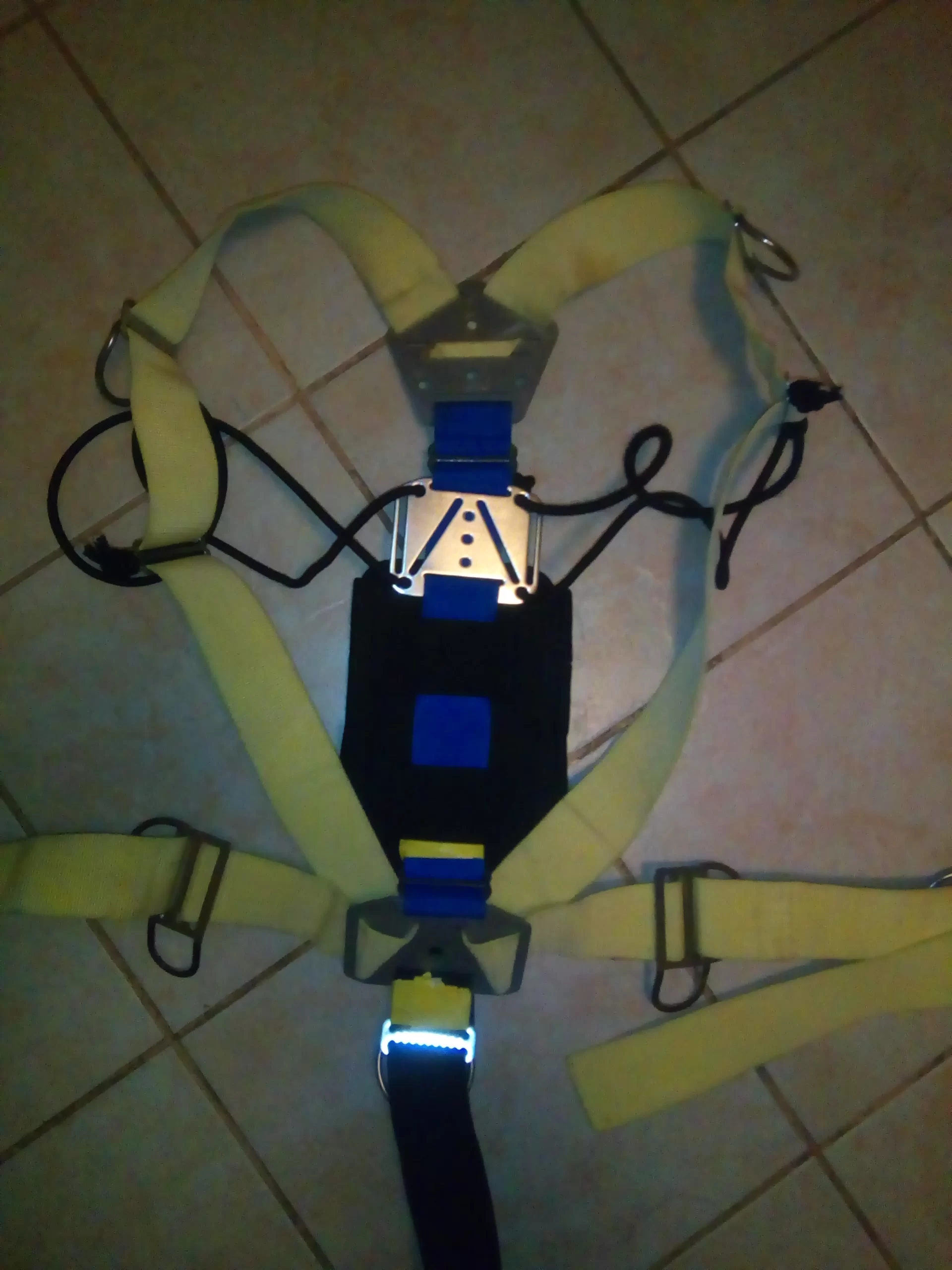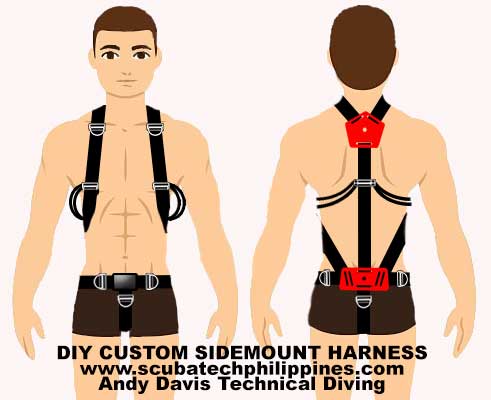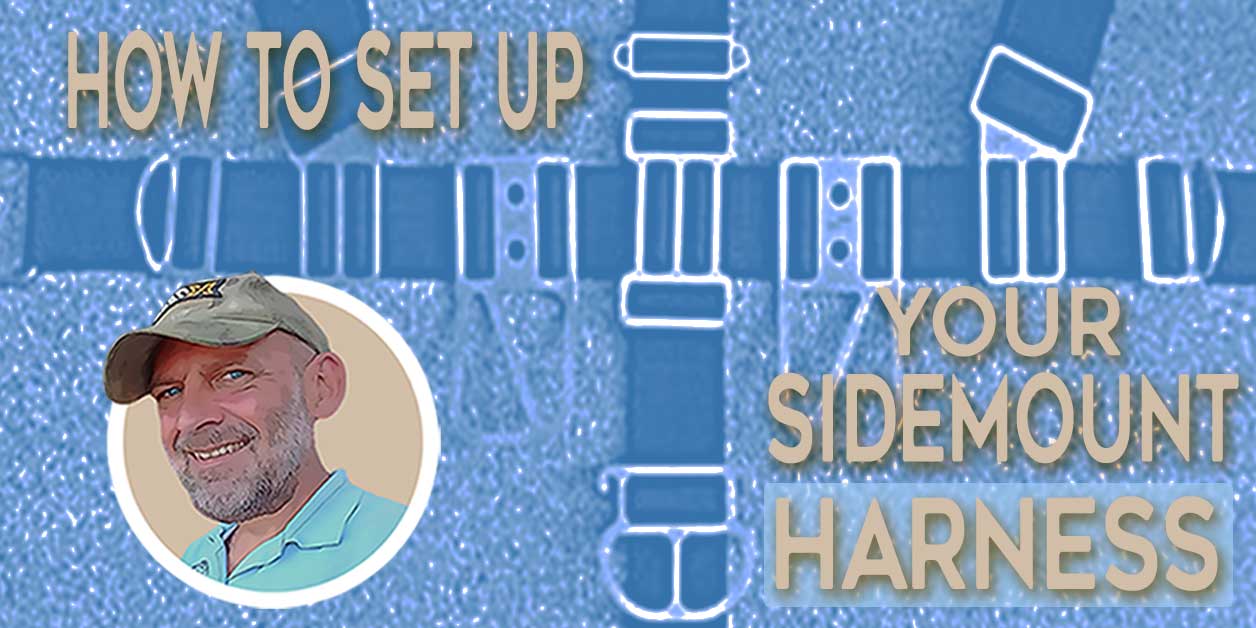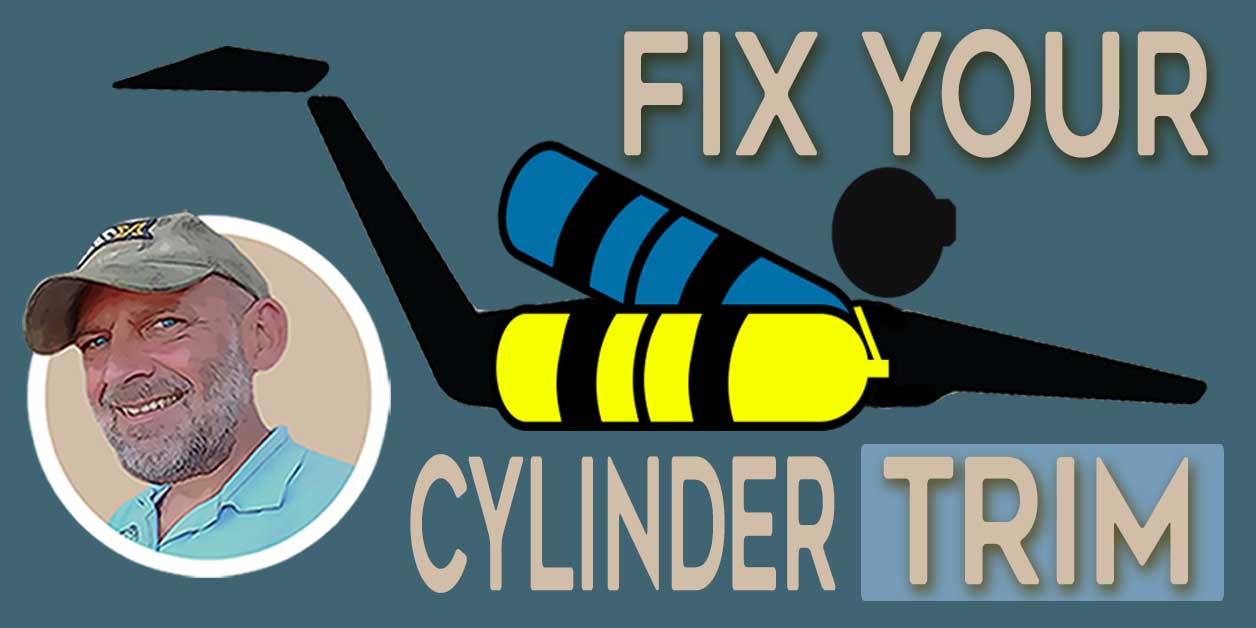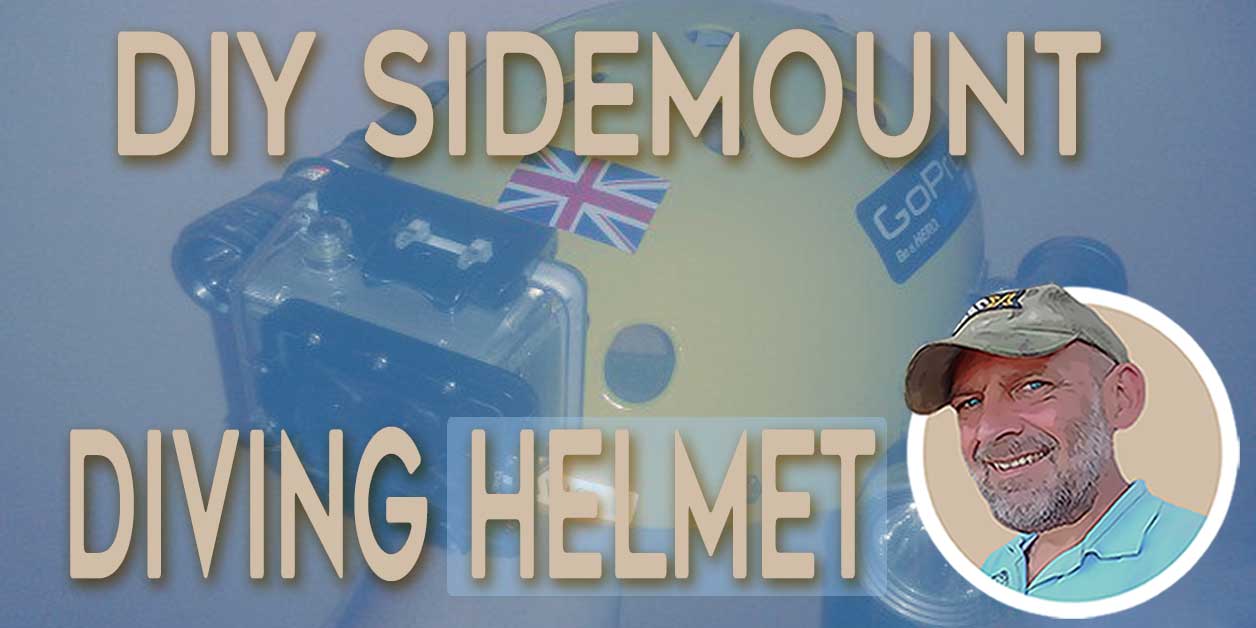How To Find The Perfect Height For Your Sidemount Tank Bands
Are you a sidemount diver looking to configure your sidemount tank bands at the ideal height? Look no further! In this ‘how to’ guide, I’ll cover the two simple steps you need to know about positioning your sidemount tank bands. This method assumes you are using sidemount loop bungees and works perfectly whether you’re using aluminum sidemount tanks and waist D-rings or steel tanks on buttplate/rails. But why is this important? Incorrect positioning of the sidemount tank bands can lead to problems with cylinder trim and arm mobility. Read on to learn how to properly position the height of your sidemount tank bands for optimal diving performance.
How to setup sidemount tank bands correctly
Measure from your armpit to the mid-point of the sidemount harness waist belt (or buttplate rail, if you’re using that with steel cylinders).
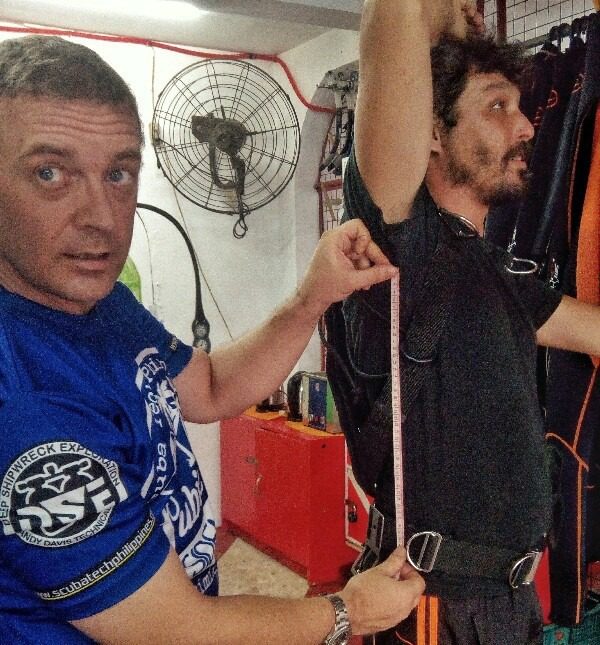
Measure the identical distance down from the top of the tank valve. This is the correct height for your sidemount tank bands.
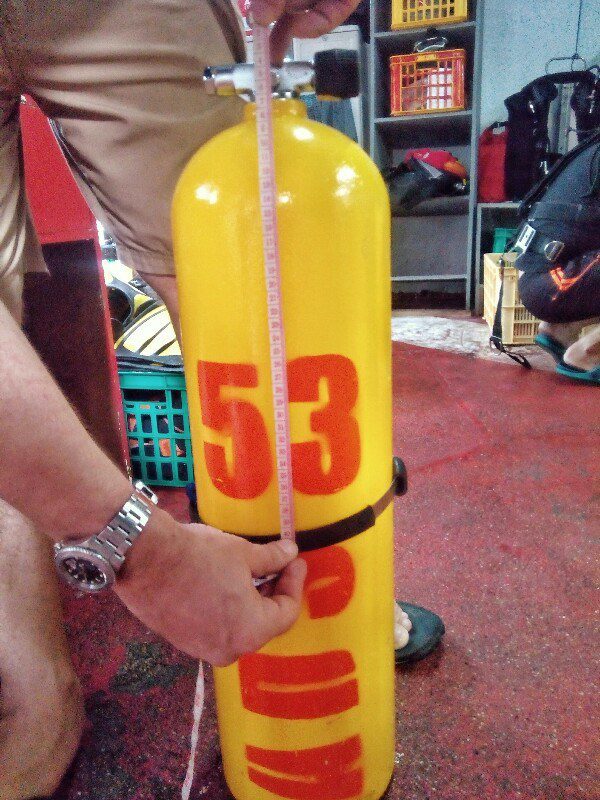
The sidemount harness has to be correctly configured
If using the waist D-rings for sidemount tank attachment, the sidemount harness should be sized to place the waist belt down low on the hips. This is especially important for shorter sidemount divers, as there is a greater need to maximize the distance between the armpit and harness waist belt to prevent the band from being too high on the sidemount tank.
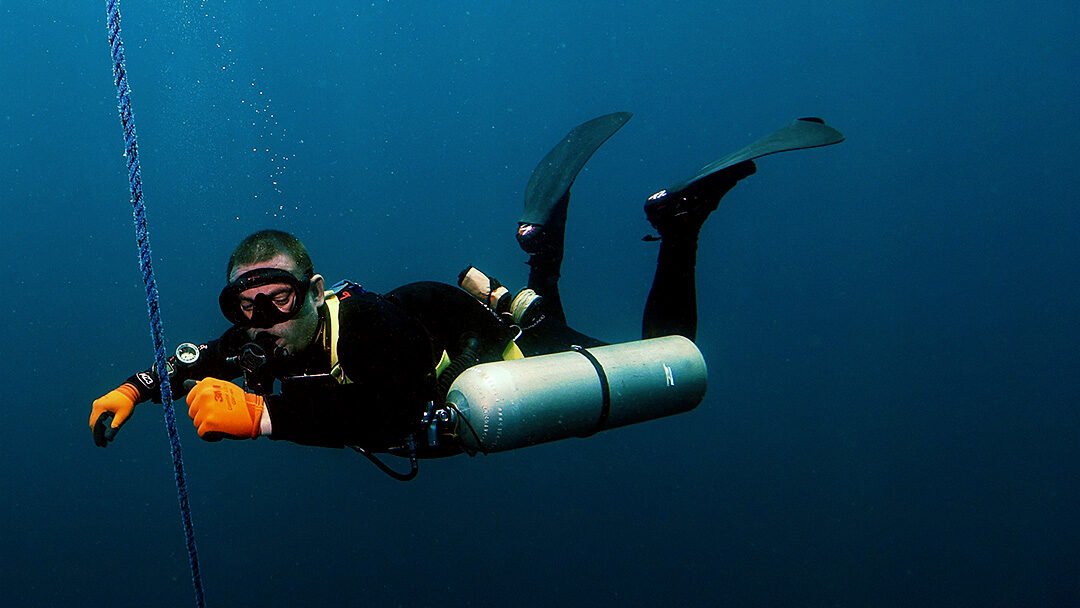
If the sidemount tank bands are too high
If the sidemount tank band is too high, it will be above the balancing fulcrum of the tank and it will be impossible to keep the tank in trim.
This is why fully adjustable sidemount harness systems, utilizing lumbar/shoulder plates with an adjustable spine webbing strap are optimal. If your sidemount BCD isn’t adjustable in length, such as with a soft or hard backplate, then you’ll struggle to make the adjustments necessary to achieve an optimal outcome.
The positioning of sidemount tank bands is important
Positioning the sidemount cylinder band correctly locates the valves/regulators up beneath the armpits. If the bands were positioned too low on the cylinder it would cause the valves to extend forwards of the shoulders, impeding arm mobility.
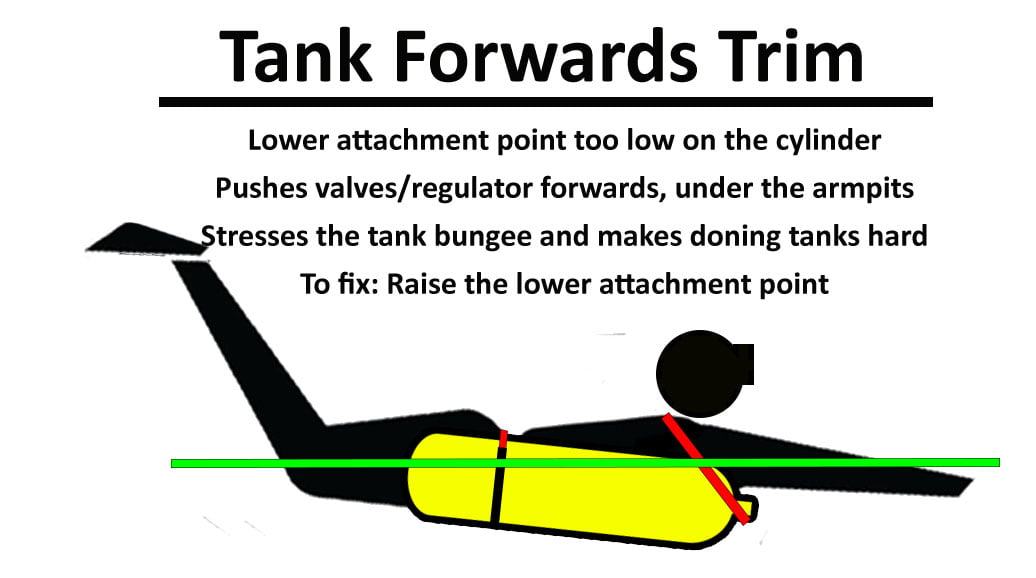
It would also push the valves lower, in turn pivoting the base of the cylinder upwards. That would ruin any chance of achieving proper cylinder trim.
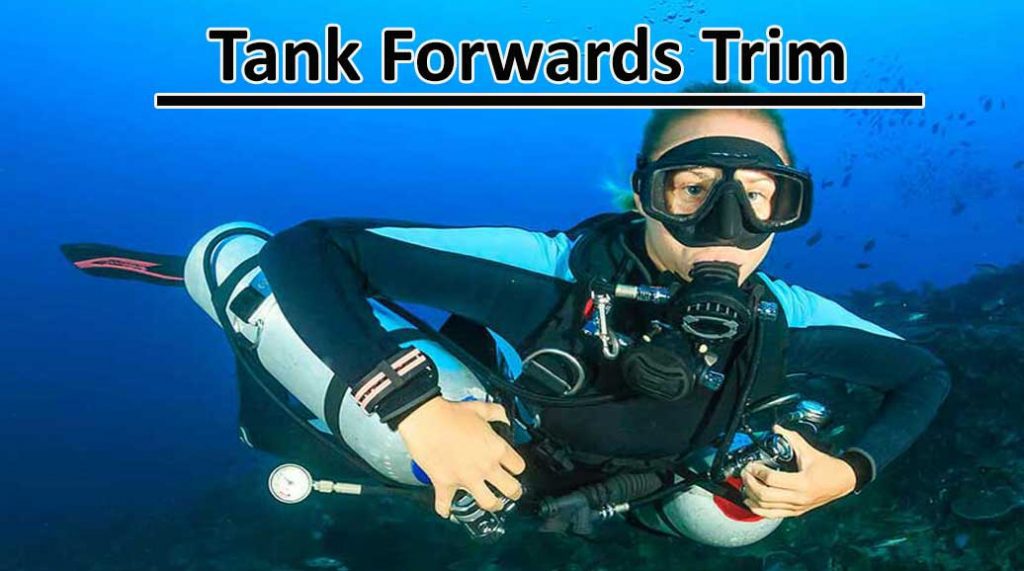
Properly positioning your sidemount tank bands is crucial for maintaining balance and mobility while diving. This quick guide explained how to configure the right height for your bands, regardless of whether you’re using aluminum sidemount tanks attached to waist D-rings or steel sidemount tanks clipped to buttplate rails. Correctly configuring your sidemount harness is the first step to ensuring proper band positioning. If the bands are too high, it can lead to trim and arm mobility issues. Fully adjustable, Mexican-style sidemount harness systems are recommended to achieve the best outcome if you are a shorter diver. By positioning the cylinder band correctly, you can locate the tank valves and regulator first-stakes beneath your armpits and ensure proper sidemount tank trim.
Buy my ‘Sidemount: Principles For Success’ ebook now!
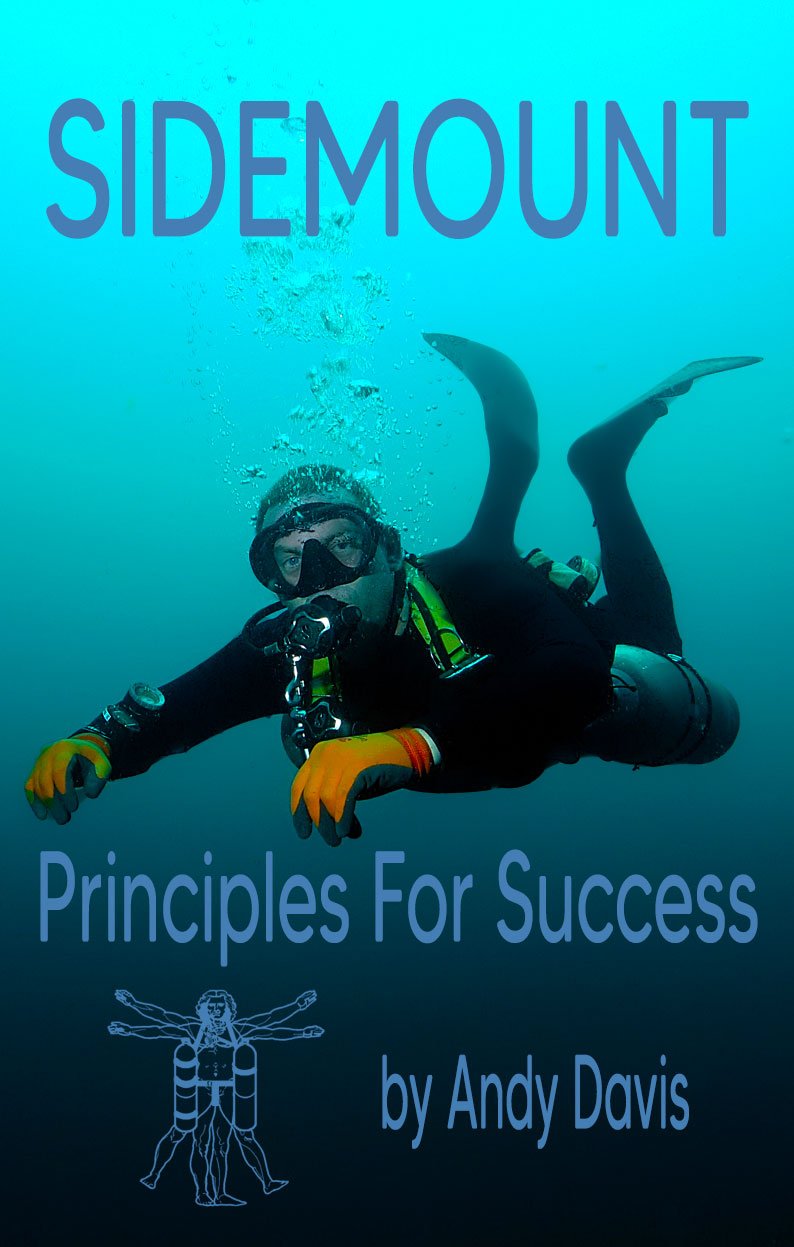
My comprehensive guide to sidemount configuration and development as a diver.
178 Pages. PDF format. Only $25
Fully Illustrated!
Chapters include:
- Sidemount history, design styles, and cylinder principles
- Harness and bungee setup and sizing
- Configuring deco/stage cylinders
- Diagnosing cylinder trim problems
- Regulators and hardware
- Training and skillset development
About The Author

Andy Davis is a RAID, PADI TecRec, ANDI, BSAC, and SSI-qualified independent technical diving instructor who specializes in teaching sidemount, trimix, and advanced wreck diving courses.
Currently residing in Subic Bay, Philippines; he has amassed more than 10,000 open-circuit and CCR dives over three decades of challenging diving across the globe.
Andy has published numerous diving magazine articles and designed advanced certification courses for several dive training agencies, He regularly tests and reviews new dive gear for scuba equipment manufacturers. Andy is currently writing a series of advanced diving books and creating a range of tech diving clothing and accessories.
Prior to becoming a professional technical diving educator in 2006, Andy was a commissioned officer in the Royal Air Force and has served in Iraq, Afghanistan, Belize, and Cyprus.
In 2023, Andy was named in the “Who’s Who of Sidemount” list by GUE InDepth Magazine.
Purchase my exclusive diving ebooks!
Originally posted 2018-03-07 23:56:25.







